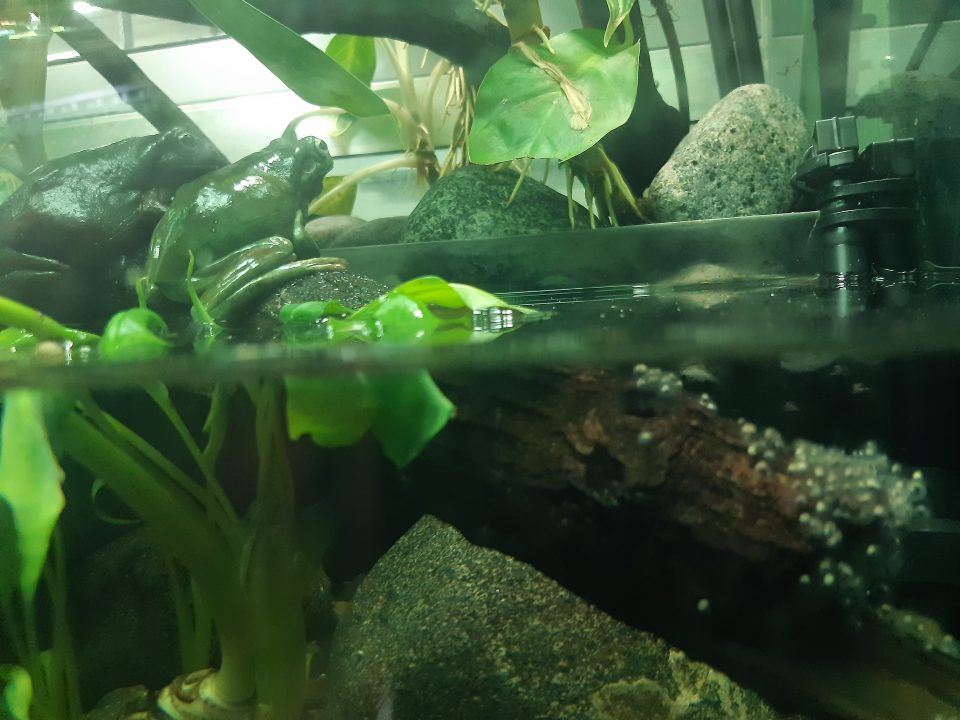The Port Moresby Nature Park has been successful breeding Green Tree Frogs in captivity.
This success comes as part of the ongoing in-situ research program on the Amphibian Chytrid Fungus that’s being carried out by the park’s wildlife team.
The fungus is now recognised as the most significant example of emerging infectious diseases worldwide affecting frogs globally.
More than 40% of species are now threatened with extinction and another 170 species are considered to have already become extinct in the last 20 years.
Nature Park’s Curator, Mr. Brett Smith said, “With the regular movement of people, animals and goods between New Guinea and neighbouring countries, entry of the Chytrid fungus into New Guinea is considered a matter of when, and not if.
Mr. Smith also added, “New Guinea is the world’s largest tropical island and remains the last major centre of amphibian biodiversity that is chytrid-free. This is significant because the island is mega-diverse for frogs, and home to above 6% of the world’s amphibian species of global frog diversity, with more than 400 described species and many more yet to be described.”
Phase one of this program is to develop captive frog management skills for the wildlife team at the Port Moresby Nature Park through training and skill share.
The Nature Park is currently working closely with Macquarie, James Cook and New England Universities in Australia and has a ‘Sister Zoo’ partnership with Zoos Victoria.
Developing and implementing an island-wide program is a long-term endeavour for the Nature Park, as this requires multiple avenues of research and development with many partners for success.
The ultimate goal of the research program is to secure PNG’s amphibian fauna against the likely disastrous impacts of the Amphibian Chytrid Fungus.


